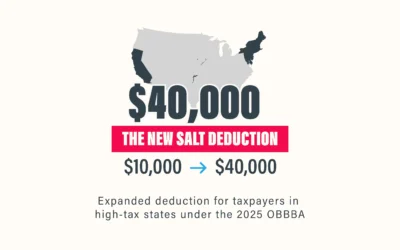What is a 13-Week Cash Flow Forecast?
A 13-week cash flow forecast is a financial projection that provides a detailed cash perspective within a company’s operations, including all inflows and outflows, on a weekly basis for 13 weeks. Unlike annual operating plans or other monthly forecasts, this forecast focuses on the next quarter of activity, offering a near-term view of a company’s financial health and cash position.
Why 13 Weeks?
The 13-week timeframe maintains a balance between short-term precision and long-term visibility. When operating in a fast-paced entrepreneurial environment, this period provides enough information to know when it’s time to change course, and how decisions made today will impact cash in three months.
Importance for Owners and Entrepreneurs:
1. Understanding the Heavy Hitters:
In many companies, there are customers or contracts that are larger than the rest of the pack (sometimes much larger). While these are great relationships and deals, they can create a very lumpy forecast that is hard to manage. The same is true for larger vendors or other one-off large expenses that have a tendency to throw the cash position around. When forecasting monthly, this lumpiness can get lost in the mid-month details and become a surprise issue when cash is tight or does not meet expectations. By using a weekly forecast, enough granularity is generated to capture all the potential lows (and highs) of the company’s cash position and plan accordingly.
2. Cash Burn Rate:
Startups are almost always concerned about 2 main things: Orders and Burn Rate! Once a startup is funded, the clock begins ticking on how long that funding will last, and whether the company will be able to stand on its own two legs or need additional funding support in the future. A detailed 13-week cash forecast tells the story of where funds are being spent and how fast cash is being burned to maintain the operation. A well-prepared schedule provides confidence to investors, and enough foresight to know when it’s time to think about an additional raise.
3. Working Capital Management:
The best time to ask for money from a bank is when you don’t need it. The second-best time is right before you need it. When looking over your 13-week forecast, the lowest position becomes a planning number that needs to be reviewed and managed. Some options for limiting your lowest cash position are to negotiate better terms with vendors, offering discounted terms to customers, or planning for working capital financing through a bank or other financial partner. With a 13-week window to work with, there is plenty of time for a company to initiate a financing request through a bank and even secure funding before the end of the 13-week period. No need to lose sleep! On the flip side, if there is excess cash available that isn’t needed for the operations, this cash can be put to work either as a reinvestment in the business or as a market investment in any number of options.
4. Avoid Surprises – Know Your Business!
This might sound simple but using a 13-week cash forecast helps an owner to know their business better! Growing a business means increasing transaction volume and the number of ins and outs happening daily. At some point, the daily transactions start to escape an owner’s purview and they bring in expert help to run the finances of their business so they can focus on growing the business and doing what they do best. The cash flow forecast provides a realistic picture of the company’s health over the next 3 months, and cuts through all the noise and confusion from applying GAAP and other accounting adjustments that often make financials more confusing for an owner. It’s a simple but important view of all transactions by category, that includes every dollar in and every dollar out of the bank. Armed with this knowledge, an owner will really understand their checkbook better and be able to keep a pulse on their financial health.
Conclusion:
For owners and entrepreneurs, navigating the challenges of running a profitable and growing business, financial stability is something that takes diligence and consistent effort to maintain. The 13-week cash flow forecast is an extremely valuable tool, providing a financial roadmap for informed decision-making. By embracing this forecasting approach, owners and entrepreneurs can plan for the worst, work towards the best, and spend their mental energy on leading their industry instead of losing sleep over an unknown cash future.


